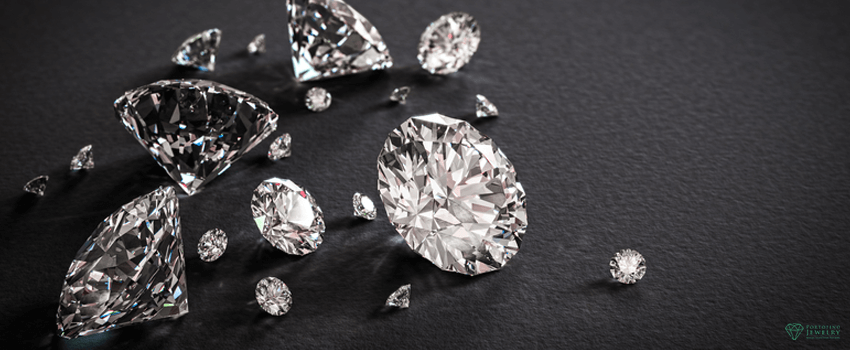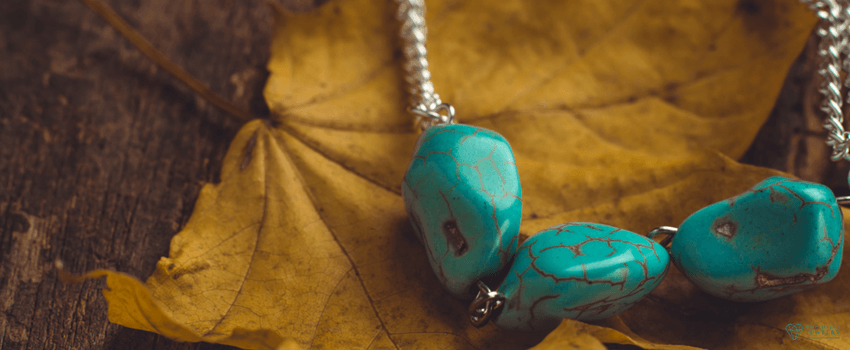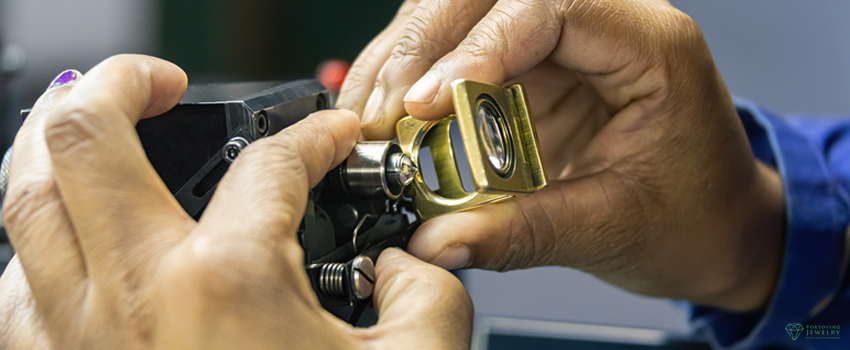Choosing whether to purchase a lab-grown diamond or a natural diamond is important when purchasing jewelry.
Despite their similarities, there are a few things to remember when deciding which type of stone is best for you. These considerations are especially relevant if you’re on a tight budget and want the most bang for your buck.
There are many misconceptions about lab-grown diamonds because they are a relatively new concept. The differences between lab-grown and natural diamonds will be explored in detail in this article, which aims to disprove common myths about both. As a result, you’ll be able to distinguish between the two stones and their advantages and disadvantages. Let’s get started right away.
What are Natural Diamonds
Natural diamonds are what are referred to as “real diamonds.” These diamonds formed billions of years ago deep within the earth and traveled to the surface via volcanic activity. Diamonds can be found on the earth’s surface in naturally occurring kimberlite rocks.
Only a few of these rocks contain enough diamonds to be mined for commercial jewelry purposes, even though there are many of them. As a result, natural diamonds are scarce, which explains why even a small piece of this stone sells for an exorbitant amount.
What are Lab-Grown Diamonds
Artificial diamonds are now possible thanks to advances in technology. A lab-grown diamond is grown in a laboratory. Natural diamonds are formed in high temperatures, and high-pressure settings, which are replicated in the manufacturing process of gem-quality diamonds. High Pressure, High Temperature (HPHT) is the term used in creating a lab-grown diamond.
On the other hand, Chemical Vapor Deposition is another method for making synthetic diamonds. This technique uses a carbon-rich gas to split the molecules into hydrogen and carbon atoms. After that, the atoms are mixed with diamond seeds to form a diamond crystal with a square shape.
Differences Between Lab-Grown and Natural Diamonds
There is no discernible difference between a lab-grown vs. natural diamond to the naked eye. Moreover, you won’t be able to tell the difference between lab-grown and natural diamonds just by looking at them unless your jeweler points it out to you. To determine their differences, here are some factors to consider:
How They’re Made
The majority of diamonds found on the market today were formed deep within the Earth’s mantle layer. When carbon was subjected to billions of years of intense heat and pressure, it was transformed into a diamond-like structure on an atomic level and thus became a diamond.
On the other hand, lab-grown diamonds are exactly what they sound like: diamonds grown in a laboratory. You start with a very thin slice of a diamond that already has the crystalline structure for the diamond. Pure carbon, either natural or synthesized, makes up the diamond’ seed,’ commonly referred to as a diamond.
Price
Their rarity contributes to the high cost of natural diamonds. The labor and energy that goes into mining and perfecting the stones, as well as the somewhat controversial origins, control, and advertising behind the diamond market, also contribute to the high cost of diamonds. It is believed that there is a limited quantity of this gemstone on the planet, and each is formed under unique natural conditions; consequently, the characteristics used to grade the precious stone will also be unique.
In contrast, lab-grown diamonds can be less expensive because they are not subject to the same supply chains that produce natural diamonds.
Durability
Lab-grown diamonds are made of carbon, the same element naturally occuring in diamonds. They are the hardest substance on earth (a ten on the Mohs scale), making them as hard to cut as a natural diamond.
Value
When you buy something, you lose a significant portion of its value. The resale value difference between lab-grown and natural diamonds is even more significant than the price difference. While natural diamonds typically retain around half their initial value, lab-grown diamonds are nearly impossible to resell without accepting much cheaper value than it cost.
We must also consider how natural and synthetic diamond prices fluctuate over time. With the price of lab-grown diamonds falling and natural diamonds historically rising, your synthetic diamond will almost certainly be worth less than a natural diamond of comparable grade, even before considering the difference in resale value.
Sustainability
Natural diamond mining may raise ethical and environmental issues for some people.
Natural diamonds aren’t necessarily unethical. However, it makes sense that man-made diamonds are more sustainable than those mined from the ground in the long term.
There’s a lot of debate about this topic. The Federal Trade Commission has cautioned a number of jewelers for making unsubstantiated claims about their jewelry being environmentally friendly or sustainable.
According to a Diamond Producers Association report, natural diamonds are better for the environment than synthetic ones. This is because the production of lab diamonds uses a carbon-intensive process.
Currently, there appears to be no consensus on whether lab-created diamonds are a more environmentally friendly option.
Conclusion
To put it simply, the answer to the common question, “Are lab-grown diamonds real?” is that they are real diamonds grown in the laboratory. These lab-grown diamonds don’t just look like natural diamonds; they also have the same brilliance, sparkle, and allure.
It would be best if you always considered the intrinsic value of the stone when comparing lab-grown diamonds with natural diamonds. The value of a high-quality natural diamond is likely to rise in the future. However, lab-grown diamonds are your best option if you’re on a tight budget but still want high-quality gems. To ensure that you get the most out of your diamond investment, keep the factors mentioned above in mind.
Are you Ready to Find the Perfect Diamond With Portofino Jewelry
With the alternative that lab-grown diamonds have offered the market, people are now more keen on knowing the difference between lab-grown and natural diamonds. However, if you’re on the edge of choosing one as a gift or an investment, it would be best to seek the assistance of jewelry experts from Avon jewelry store. With their years of experience, they can help you understand and make informed decisions before purchasing one. Visit us now and let us help you.









